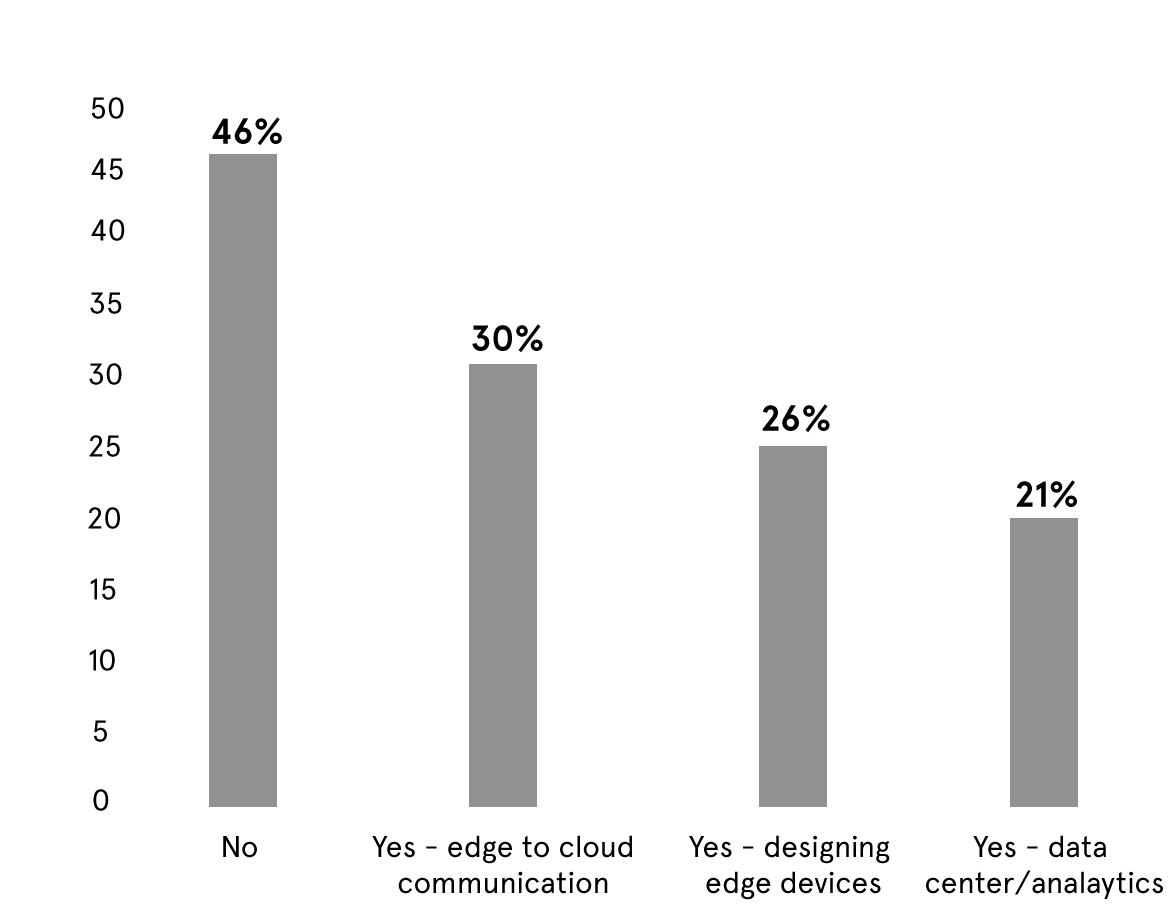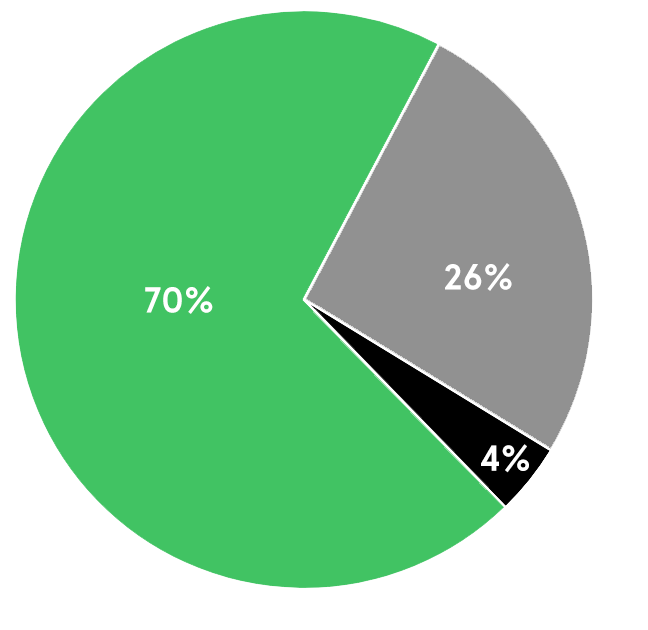We reached out to our global customer base with an IoT survey between September 2019 and December 2019. We got 2,015 completed questionnaires, primarily from engineers of IoT solutions, in 67 countries.
Scroll down to see the results per question below.
Participation by region
Below are respondents per region,
a total of 2,015 submissions received.
| EMEA | 878 |
| Americas | 724 |
| APAC | 299 |
| Not specified | 114 |
Gender Demographic
Out of the 1,831 participants who disclosed their gender, 96% were male and 4% were female.
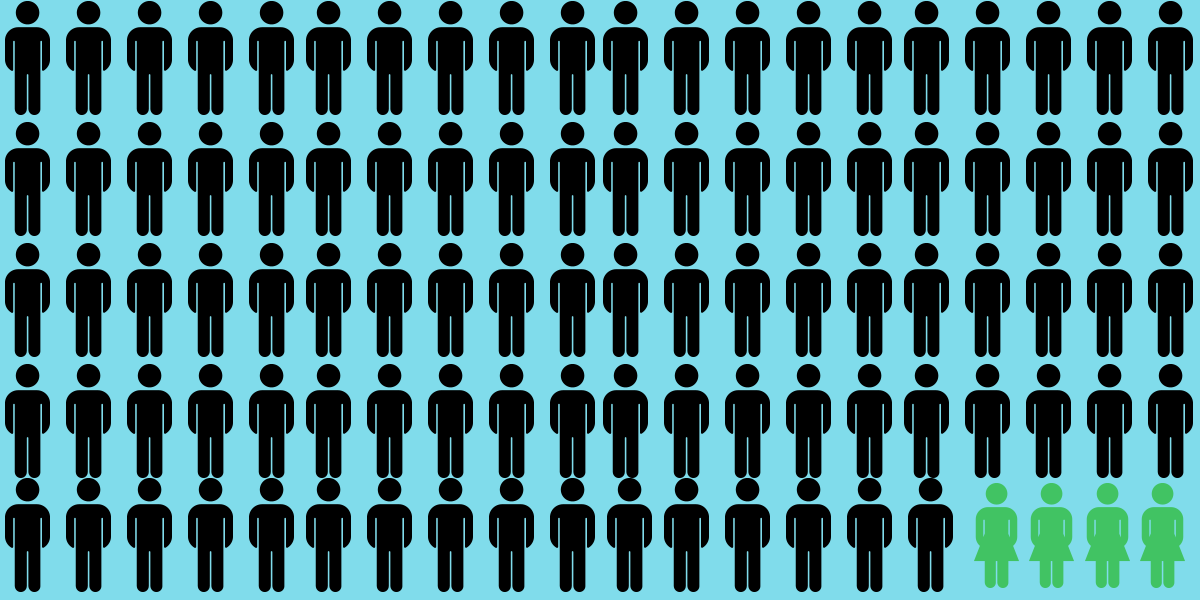
1. Out of the following, what do you feel is the most important aspect to consider when developing IoT solutions?
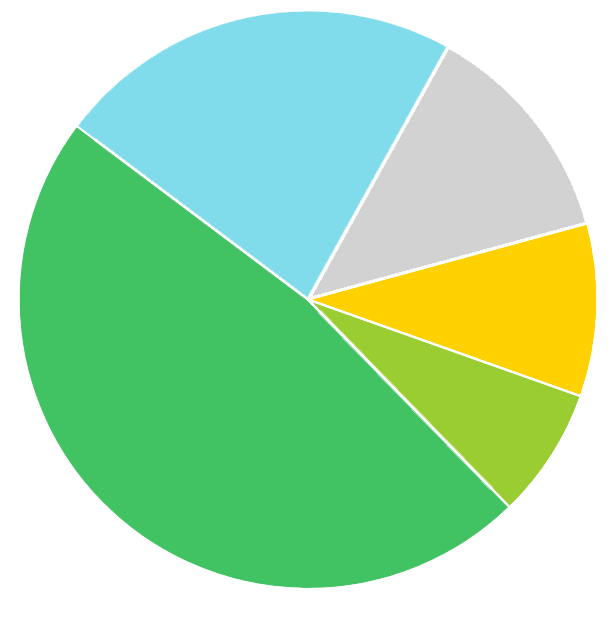
Results:
- Security 47%
- Communication reliability 23%
- Ecosystem 13%
- Edge device reliability 10%
- Ease of data review/analysis 7%
Our latest survey shows 47% people consider data security and protection the most important aspect when considering IoT solutions (dropped by 5% compared to last year’s results). Suppliers and developers are more vigilant than ever before and working hard to implement the best possible encryption and security technology to make their solutions uncompromisable. Communication reliability still remains the second biggest concern; IoT means connected devices and connection reliability can’t be overlooked.

2. What is your key concern regarding IoT?
35% of respondents think security is the major concern for any IoT implementation, mainly due to the type of data collected from the things (machines) and humans, which is very sensitive & personal. We can expect to see more and more encryption everywhere. Businesses who initiate IoT projects treat IoT security as their top priority.

3. What do you believe will be the top IoT Industry in 5 years’ time?
We have a tie between Home Automation and Industrial Automation & Control with 22% being the top two IoT market verticals in the next 5 years. This is not a surprise; we are already surrounded by such smart devices in our daily life, talking to smart speakers (Amazon Alexa or Google Home), relying on smart home appliances and smart security to look after our house when we are away. Even in the IIoT space, more and more manufacturing facilities are converting to full automation. From robotic manufacturing and assembly, to fleet management and predictive maintenance in order to reduce break downtime, all the way to end customer delivery.
See response split per industry below:
| Industrial Automation & Control | 22% |
| Home Automation | 22% |
| SMART Cities | 16% |
| Artificial Intelligence | 13% |
| Energy Management | 10% |
| Transportation | 8% |
| Wearable technology | 6% |
| Other | 2% |
Find out more about Industrial Automation and Control Applications.

6. What one factor do you think would most accelerate the benefits of the IoT?
| Interoperability – certifying standards | 35% |
| Ease of development | 35% |
| Need for Open Standards | 32% |
| Connectivity Standards | 32% |
| Need for data Privacy Policy | 24% |
| Adoption by public sector | 18% |
| Energy Consumption | 17% |
We hear about IoT everywhere but the reality is the internet of things still has a long way to go; this is just the beginning. Comparing the results from last year, interoperability (35%) and ease of development (35%) remain the two key accelerators for IoT implementation, and both are directly connected to each other. Forming the standard or protocols to follow will make IoT implementation much easier; machines and devices of all kinds will be able to understand each other and use collected data/information.

7. How likely would your company be to take on the lead role of building an IoT product itself?
| 0 - 25% | 43% |
| 26% - 50% | 24% |
| 51% - 75% | 16% |
| 76% - 100% | 16% |
IoT industry is growing rapidly but still has to overcome a few major challenges in security, interoperability, connectivity and data ownership. Nonetheless, the industry seems to address these challenges better than ever; we are seeing more people having higher levels of confidece to lead the IoT market (jumped from 9% last year to 16% this year). Also we see a decrease in the percentage of companies who were less confident to contribute to the IoT market (from 54% last year to 43% this year), which means confidence in the technology is increasing.

8. What is the main reason for your company developing an IoT solution?
| We are innovators | 33% |
| Because there is a need in the market | 25% |
| To simplify and improve people’s lifestyle | 20% |
| IoT strategy is our business objective/focus | 11% |
| We are following the market trend | 9% |
IoT is the trending technology; more and more businesses would like to be part of the revolution and ride the wave. Survey results show that there is great demand for IoT solutions and more and more businesses are tapping the market. 33% of respondents agree that more and more start-ups and innovators are coming up with great ideas, compared to 26% last year. Some players, however, are just trying to be part of the demand.
9. Where would you gain the greatest value from IoT data?
IoT devices collect a large amount of useful data, which helps businesses make critical decisions. But which part/segment of the business gets the most benefit? Based on the survey results, operations applications continues to top the chart. In fact, it grew by 6% compared to last year. “Operations applications” includes optimising the workplace and resources, reducing operation cost and ultimately leading to business profitability. Secondly, customer care applications will benefit the most (with a share of 32% of survey respondents). Gathered data can help businesses offer personalised services online or in sectors such as healthcare, retail and others.
See response split for this question below.
| Operations Applications | 50% |
| Customer care applications (ticketing, support, maintenance) | 32% |
| Mobile apps | 30% |
| Business intelligence & data analytics (ex. SAP, Tableau) | 29% |
| ERP Systems (ex. SAP, Oracle, Sage, Microsoft) | 12% | CRM (ex. Salesforce.com) | 5% |


10. What programming language do you use in your IoT devices?
Developers use several different programming languages for IoT device embedded applications such as C/C++, Java, JavaScript, Python, and PHP to name a few. According to the survey, C/C++ remains at the top with 70% popularity (increased by 8% since last year), followed by Python (47%) and then comes Javascript (22%).
See response split per programming language below.
| C/C++ | 70% |
| Python | 47% |
| Java Script | 22% |
| Other | 9% |
11. What programming language do you use for your IoT cloud?
Similarly, for IoT cloud development, the most preferred languages are Python, Javascript and Node. Compared to last year, surprisingly, Python gained popularity and wins the race with 52% of respondents preferring it (it was 32% last year) and Javascript also climbed from the third to the second position with 42% popularity (vs 27% last year). For beginners & start-ups who are new to cloud technology, Python is a more productive language over Java and easy to interpret with elegant syntax, which makes it a very good option for scripting and rapid application development in many areas.
| Python | 52% |
| JavaScript | 42% |
| Node | 24% |
| Other | 16% |


12. What is your preferred communication type between edge devices and the cloud?
IoT is about connectivity and requires different type of solutions to fit different requirements, from short range to long range connectivity. WiFi connectivity stays at the top this year with 67% popularity, due to its long-range and throughput (thanks to the latest low-power MCU with integrated WiFi connectivity on the chip). Bluetooth (BLE 5.0) has also gained popularity and jumped to 35% compared to 27% last year. There is not much change in the popularity of Cellular connectivity, however latest 5G technology would be the game-changer in cellular connectivity.
| WiFi | 67% |
| Cellular (4G/LTE) | 38% |
| Bluetooth Low Energy (BLE) | 35% |
| LoRa | 21% |
| 1-SubGHz | 7% |
| Other | 6% |
| SigFox | 5% |
Find out more about different Wireless technologies.
13. What hardware components were used to design your IoT Gateway?
Single-board computers continue to be the preferred platforms for building end products. Results show 54% of developers use single board computers (such as Raspberry Pi, BeagleBone Black, Arduino etc) because they are ready-to-use, help to accelerate time-to-market and minimize development cost and risk. Others prefer to use personal designs (30% of respondents) or development platforms provided by silicon vendors (13%).
See detailed response split for this question below.
| Popular Single Board Computers | 54% |
| Personal design | 30% |
| Silicon Provider Development Platforms | 13% |
| Other | 2% |


14. What Cloud Service provider would you prefer for your IoT solution?
Looking at survey results, the trend in the adoption of personal cloud continues (30% of survey respondents), which is not a surprise any more. Businesses prefer to have the ownership of and full control on data, as there are no monthly subscription charges, it is harder to breach externally, faster and can be accessed locally, which could justify its popularity among survey respondents. Public cloud services are also not far behind in popularity, Amazon AWS closely ay 23%, Microsoft Azure at 20% and Google Cloud follows at 18%. IBM Watson continues to struggle to get adoption by IoT developers (only 4%).
See detailed response split for this question below.
| Personal Cloud Solution | 30% |
| Amazon Web Services | 23% |
| Microsoft Azure | 20% |
| Google Cloud Platform | 18% |
| Other | 5% |
| IBM Watson | 4% |
15. What do you believe is the most common type of sensor technology?
Sensors are an essential component of IoT solutions; they are the eyes and ears of a system, capturing critical information from the physical world and converting them into signals that can be measured electrically. With so many types of sensors available, which types of sensors are used more often in IoT applications? Based on the survey results, environmental sensors are the most common type (45% of respondents) – used to measure temperature, humidity, pressure, gas etc. Motion sensors are the second most commonly used type of sensors in IoT, according to respondents (26%).
Click to read more about the different sensor types for IoT applications.
| Environmental | 45% |
| Motion | 26% |
| Opto/Image | 15% |
| Health Monitoring | 8% |
| Audio | 5% |

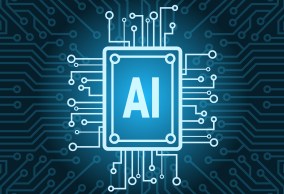
16. Do you use AI in your IoT design?
Based on the survey results, 49% are already using AI in their IoT implementation, machine learning (ML) is the most used AI type with 28% popularity, followed by cloud based AI (19%). However, 51% of respondents are hesitant to use AI because they are new to the technology or seeking specialised expertise on how to implement AI.
See detailed response split for this question below.
| No | 51% |
| Yes - Machine Learning | 28% |
| Yes - Cloud Computing/IoT Big Data | 19% |
| Yes - Image Classification | 16% |
| Yes - Robotics | 14% |
| Yes - Νeural Networks | 14% |
| Yes - Speech Recognition | 10% |
| Yes - Virtual/ Augmented Reality | 6% |
Useful Links:
Security:
Sensors:
Hardware Platforms:
Resources
For questions and enquiries regarding this survey please contact iotsurvey@farnell.com

